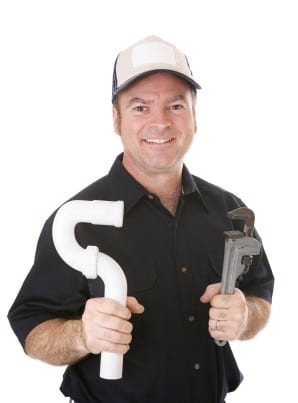 Plumbing support system
Plumbing support system
Mainly to be found on the larger plastic pipework (think drainage), the plastic compression fittings work in the same way as the older style metal compression fittings which although still in use today, the end feed, soldered fittings are a quicker and more reliable way to connect your pipework.
Why Compression?
The ability to unscrew and remove the fitting with ease makes it ideal for areas where it may be necessary to occasionally strip down; waste pipes are the prime example – particularly where there is a water trap fitted to the bottom of a basin or tub. It means that you can easily access the trap for removal and cleaning.
Compressing?
As the name implies, the watertight seal of the fitting is reliant on the compression of a rubber ‘washer’.
It is usually shaped as a near conical, allowing for a better seal with less force applied. As the ‘nut’ tightens up against the fitting, it squeezes the seal into a chamfered area on the fitting, the angle of which matches the conical shape of the seal.
Leaks
It is still possible to get leaks with these types of fittings, but in our experience, that is usually an error on the part of the fitter; over-tightening the fitting can squash and deform the seal, under-tightening means that the seal isn’t mated to the fitting properly. Both of these are common mistakes, fortunately, quite easily remedied.
When using these fittings, ensure that the pipe is cleanly and squarely cut, be sure to remove all the burrs on the edge of the pipe; it is always preferable to chamfer the edge slightly.
Whatever plumbing that you’re doing, remember to support the pipework properly and correctly. Chances of failure with any type of pipework are greatly reduced once they are supported.
For all of your pipe support needs, talk to Pipe Prop at 1-888-590-0120

 Plumbing support system
Plumbing support system